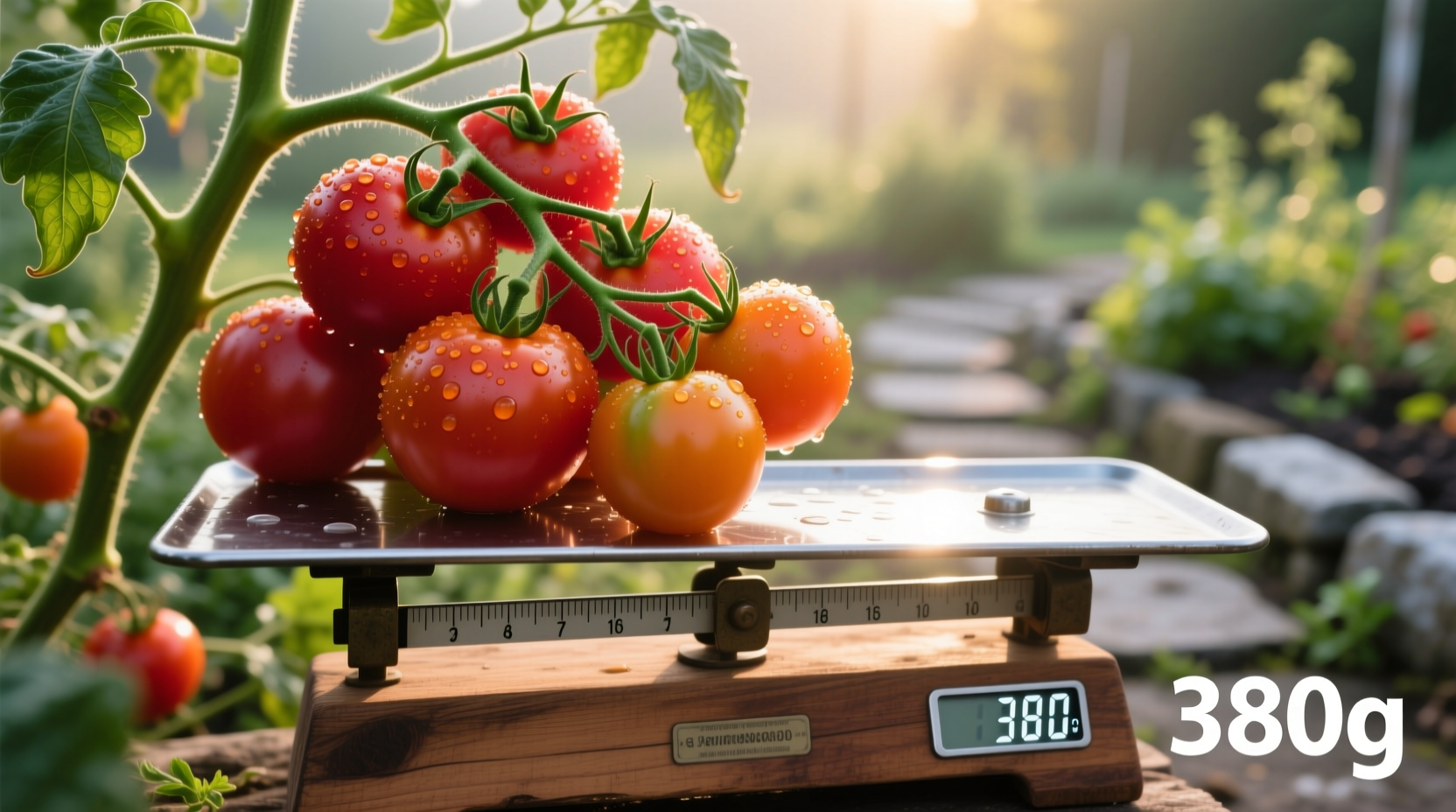Understanding Tomato FODMAP Content: Your Practical Guide
If you're managing IBS or following a low-FODMAP diet, knowing exactly how tomatoes affect your digestive system is essential. This guide provides evidence-based information to help you enjoy tomatoes safely while minimizing digestive discomfort.
Tomato Varieties and FODMAP Status at a Glance
| Tomato Type | Low FODMAP Serving Size | High FODMAP Threshold | Notes |
|---|---|---|---|
| Regular tomatoes | 75g (1 medium) | 150g | Safe for most during elimination phase |
| Cherry tomatoes | 75g (6-7 pieces) | 150g | Count individual pieces for accuracy |
| Roma tomatoes | 75g (1 small) | 150g | Slightly lower moisture content |
| Tomato paste | 15g (1 tbsp) | 30g | Concentrated form requires smaller portions |
| Tomato sauce | Half cup (125g) | 1 cup | Check for added high-FODMAP ingredients |
Why Tomatoes Are Generally Low FODMAP
Tomatoes belong to the nightshade family but contain minimal amounts of fermentable carbohydrates that trigger IBS symptoms. The primary FODMAP in tomatoes is fructose, but they contain nearly equal amounts of glucose which helps with absorption. Monash University researchers have verified through laboratory testing that tomatoes remain low FODMAP within specific serving limits.
Recent updates to FODMAP testing protocols have refined our understanding of tomato varieties. The 2024 Monash University update confirmed that heirloom varieties follow the same FODMAP thresholds as standard varieties, though color variations don't significantly impact FODMAP content. This represents an evolution from earlier guidelines that treated all tomato products more restrictively.

Practical Portion Guidance for Daily Consumption
Measuring portions accurately makes the difference between symptom-free enjoyment and digestive discomfort. During the elimination phase of the low-FODMAP diet, stick to these practical measurements:
- Raw tomatoes: One medium tomato (about the size of a tennis ball) equals one safe serving
- Cherry tomatoes: Six to seven pieces constitute a single low-FODMAP serving
- Cooked applications: Half cup of tomato sauce or one tablespoon of tomato paste
- Salad preparation: Limit to 75g total tomato content when combining with other vegetables
Common Pitfalls: When Tomatoes Trigger Symptoms
Even when following proper portions, some people experience issues with tomatoes. Understanding these context boundaries helps identify whether your reaction is FODMAP-related or stems from other factors:
- Nightshade sensitivity: Some individuals react to alkaloids in nightshade vegetables, causing joint pain or inflammation unrelated to FODMAP content
- Acidity concerns: Tomatoes' natural acidity may trigger heartburn in sensitive individuals, mimicking IBS symptoms
- Preparation methods: Combining tomatoes with high-FODMAP ingredients like garlic or onion creates compound triggers
- Ripeness factor: Overripe tomatoes contain higher sugar concentrations that may exceed FODMAP thresholds
According to research published by King's College London, approximately 15% of people who believe they react to tomatoes are actually experiencing nightshade sensitivity rather than FODMAP intolerance. This distinction matters because nightshade sensitivity requires different dietary management than FODMAP-related issues.
Smart Substitutions When Tomatoes Cause Problems
If you need to avoid tomatoes temporarily, these low-FODMAP alternatives maintain similar flavor profiles without triggering symptoms:
- For fresh applications: Bell peppers (red or yellow) provide similar texture and color
- For cooking: Carrot-based sauces offer comparable thickness and sweetness
- For acidity: Balsamic vinegar (1 tablespoon) can mimic tomato tang in recipes
- For color: Roasted red pepper puree creates similar visual appeal
Remember that individual tolerance varies significantly. The International Foundation for Gastrointestinal Disorders recommends reintroducing tomatoes systematically during the challenge phase to determine your personal threshold. Start with 25g portions and gradually increase while monitoring symptoms over three days per increment.
Maximizing Tomato Enjoyment on a Low-FODMAP Diet
With proper knowledge, you don't need to eliminate tomatoes completely. Follow these evidence-based strategies for safe consumption:
- Remove seeds and gel when possible, as they contain slightly higher FODMAP concentrations
- Avoid combining tomatoes with other high-fructose foods in the same meal
- Choose vine-ripened tomatoes over greenhouse varieties for more consistent FODMAP levels
- Track your personal tolerance using a food diary during the reintroduction phase
- Consult a registered dietitian specializing in digestive health for personalized guidance
Recent clinical observations from Monash University indicate that approximately 85% of people following the low-FODMAP diet can eventually tolerate moderate tomato servings after completing the full elimination and reintroduction process. This highlights the importance of not unnecessarily restricting foods long-term without proper assessment.











 浙公网安备
33010002000092号
浙公网安备
33010002000092号 浙B2-20120091-4
浙B2-20120091-4